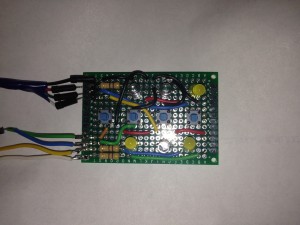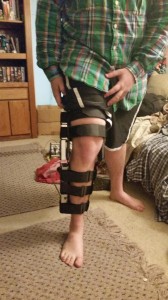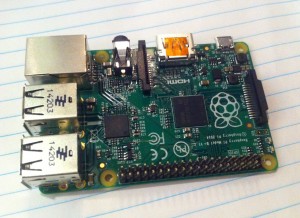The battery group is responsible for the powering the system. We decided to use a 12V 10Ah rechargeable battery. It should power all parts (maximum output) for two hours. The parts that need to the powered are: the control system (Raspberry Pi, 5V), LCD battery display (5V), ankle motor (6-7.4V), and knee motor (12 V). …
December 2014 archive
Dec 03
Armband progress
The armband system is responsible for receiving user input and displaying it back to the user via an LCD screen. The system is composed of buttons, LEDs, and an LCD. The LEDs display the state of the system to the user and are implemented via Charlieplexing in order to reduce the number of GPIO pins …
Dec 02
Knee progress
The knee subsystem is responsible for rotating the knee portion of the leg brace. It uses a gear motor that interfaces with a vertical worm drive gearbox in order to rotate a shaft that has an arm that is attached to the gearbox system and the brace to move the leg. The knee motor is …
Dec 02
Ankle progress
The ankle subteam is responsible for designing an ankle brace that will simulate movement for the user. The torque for ankle was calculated using T = m*g*l. The torque was calculated as T = 3.4 N*m. A 20% safety margin was used, increasing the required torque to 4.08 N*m. The selected servo has a maximum …
Dec 02
Control system progress
The control system is responsible for processing and directing the signals of the our system. We have a variety of user inputs, which are sent to the system via buttons. The inputs are then go to an information display, which show whether the system is in automatic or manual mode. If it’s in manual mode, …
Dec 02
Welcome to the site
Welcome! This is the website for Project Hermes, an electrical engineering (ECE) senior design project at George Mason University. This project was started in Fall 2014 and will continue to Spring 2015. The purpose of this project, as stated in our “About” page, is to design, construct, and test a motorized leg brace. We’ll be …





